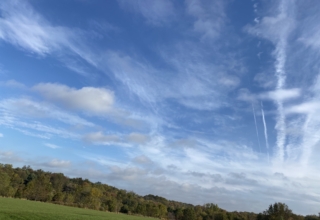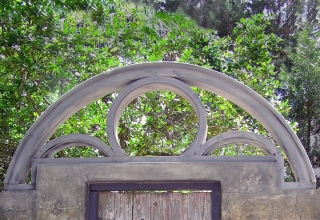
Another scenario – a warm body is discovered in a dark alleyway. The police rush to the scene – the ‘golden hour’ is ticking away and it’s key to get the right people doing the right things in short order. For the leader on the ground, this requires getting some team members to do things they would rather not do (such as “stand there and don’t let anyone in”) and others to not do things they want to do (“no, you cannot interview a witness, you have been at the scene and you will risk contaminating both”). Debate is often not possible and compliance is required.
The key elements in these situations are creating order from confusion in a quick time, engaging with the public to ensure rapid operational progress, and appearing as a figure of authority to whom people will look. It’s also key to coordinate the efforts of others and to ensure that what is done is documented properly so it withstands later scrutiny. This style is one with which every officer (and by extension, pretty much every senior leader) will be familiar. However, this is only one aspect of leadership in the modern police force.
The post-heroic boundary
Modern leadership writing shows a broad distinction between ‘hero’ leaders who get results by authority, hard work and expertise, and post-heroic leaders who see their role as being about getting results though bringing others together in a way which allows maximum contribution from the others, not treating them as foot soldiers.
This is a journey of development and increasing awareness. Most people in all walks of life start out assuming that hero leadership is the way to do it – after all, the idea is woven through our culture, our movies, our stories. The police context reinforces this starting point. However, leaders who want to succeed at higher levels will need to learn to develop their style, to get the most out of others in terms of creative and constructive input, as well as hard work.
Some research (for example Joiner and Josephs, 2006) shows that only 10% of leaders in corporate America make it through this post-heroic boundary. So, we should not be surprised if this is not a completely familiar concept. The key question is how to help people to see and surmount this barrier, to go on developing more styles of leadership for more senior contexts.
These more senior contexts often involve:
- Working on a timescale of years rather than hours or days
- Working with senior colleagues and figures from society rather than those who are being impacted by disturbing and disruptive events right now and need order restored for them
- Dealing with complexity, ambiguity and ‘wicked problems’, which are not amenable to quickfire solutions
- Rallying people around key issues in ways that encourage the development of relationships and longer-term capabilities as well as short-term results. One way to encourage new thinking in these contexts is through the idea of leading as a host.
The metaphor of leading as a host
We have all been hosts in some way. We have all invited people around for a meal or a party. We have all been through the balance of preparation and engagement, the joy of introducing people to new friends, the balance of leading, organizing and participating. And we have all been guests too, experiencing the skill of a good host (and perhaps the clumsiness of a bad one) first hand.
Hosts don’t just engage people by drawing them in. They introduce people to each other, make connections and act positively to bring together synergistic groups – people who can complement and add to each other’s qualities, skills and interests. The art of arranging – who to put with whom, what might make an interesting group, even thinking about keeping specific participants apart – is a key element of the host’s skill.
Having drawn people together, a good host won’t dominate the situation. He/she will flit from one group to another, with a word here and a touch there, keeping an all-encompassing eye on how things are going. But the host won’t hog the limelight or become tiresome by constantly taking centre stage. The host is always on the lookout for when to intervene and when to leave things ticking along – when to step forward and when to step back. The role of the host transcends and includes both. It entails awareness and timing – and acting instantly.
The apparently mundane act of inviting and engaging guests turns out to be a very good match for a leadership approach. This stresses engaging other people and ensuring that their needs are met while subordinating one’s own where they are in conflict with the needs of the ‘guests’. Hosts are at once both ‘above’ their guests (taking responsibility for them) and ‘below’ them (serving and ensuring they have what they need). This sounds paradoxical, but we have all experienced and handled this tension at home. Now it’s time to bring it to the workplace.
Host leadership at different levels
This is about thinking as a host – something that we can all do at some level, and can develop our skills to improve. This can work at any level of an organisation where people are engaging with others – be they colleagues, team members, customers or the public. It has been said that ‘policing is a team activity’, which suggests that there might be some mileage in this idea. Let’s take a brief look at how these ideas might work at different levels in the police force.
Download Article














